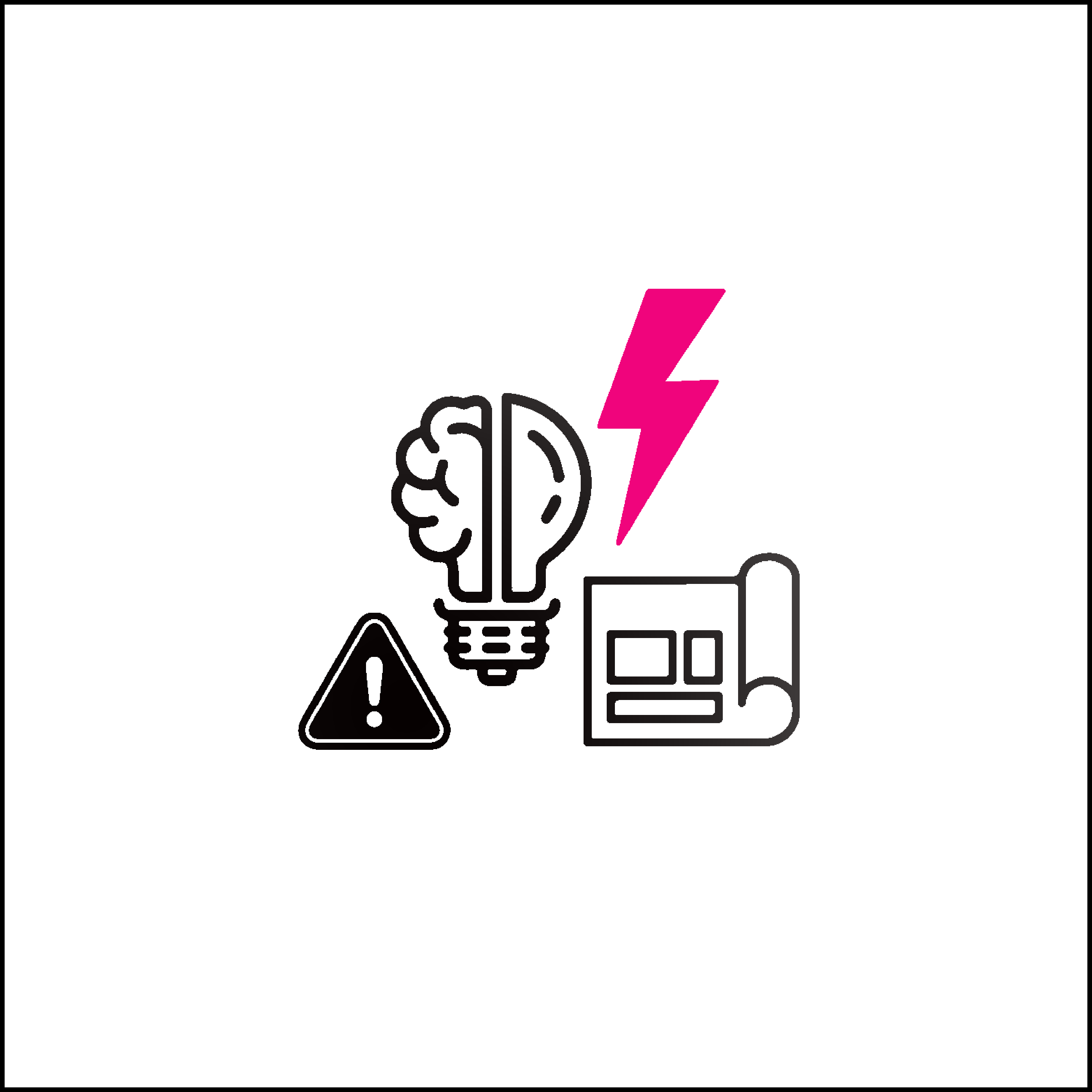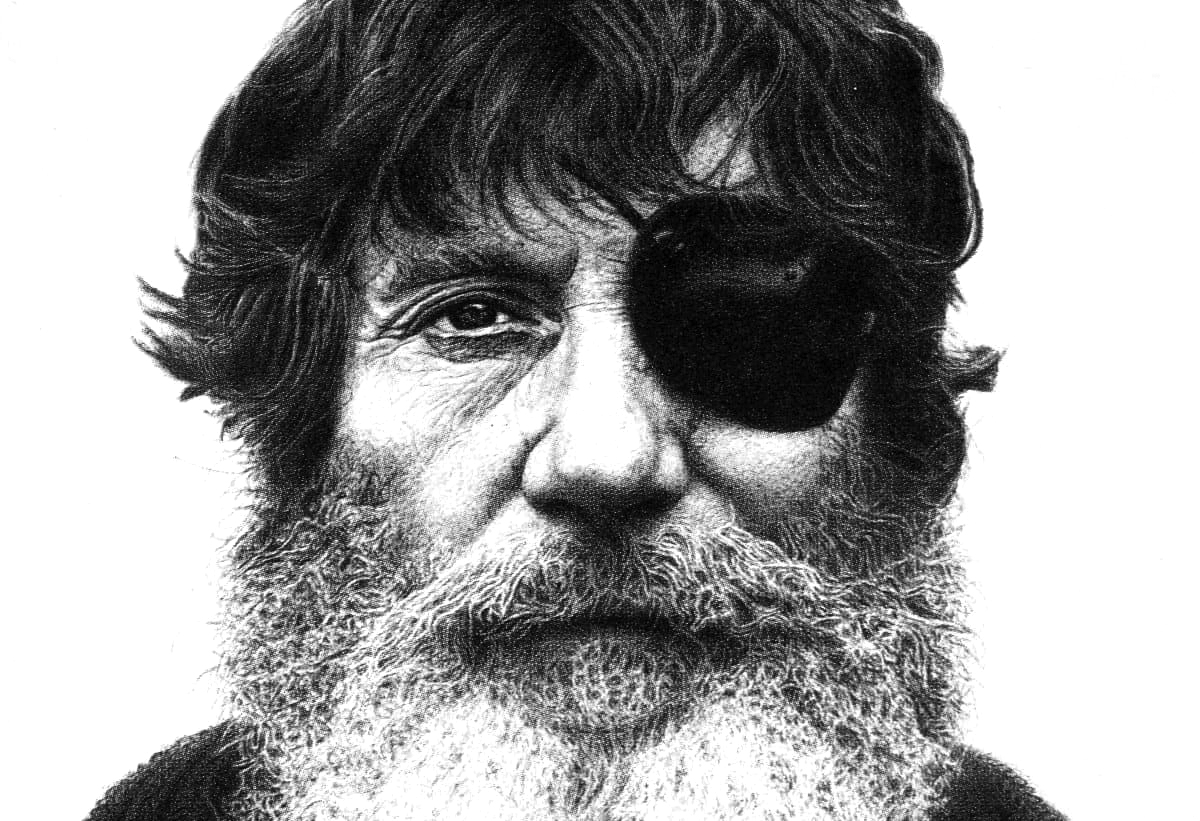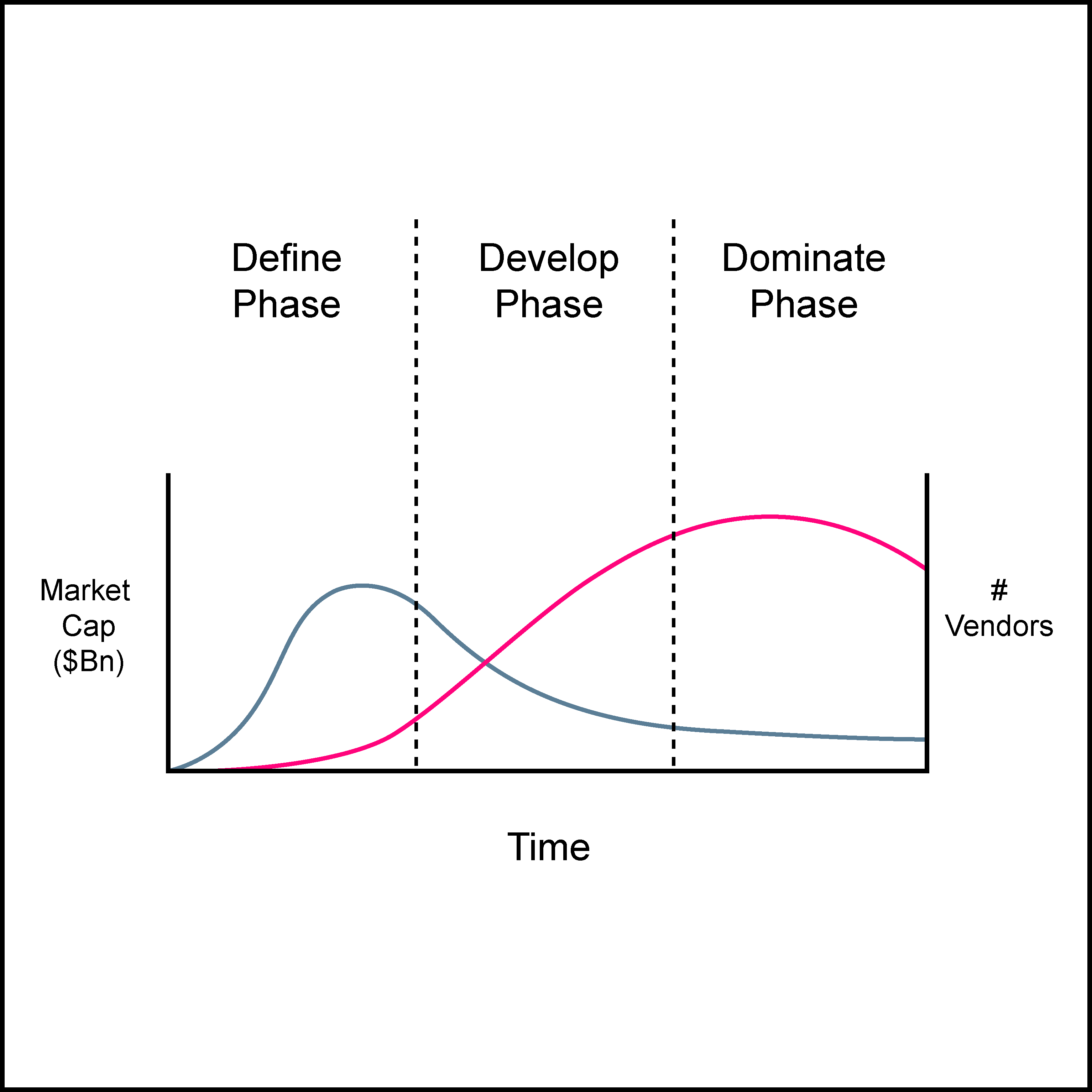What is Category Design?
It's About Creation
The most exciting companies create. They give us new ways of living, thinking and doing business. Many times they're solving a problem we didn’t know we had or didn’t pay attention to because we never thought there was another, perhaps better way.
These companies don’t only invent something to sell us. They're not building products or services to incrementally improve on what came before. They don’t just give us better.
The most exciting companies give us different.

It's a Discipline
Category Design is a discipline of creating and monetizing new markets in a noisy world. The journey starts with understanding the problem that you desire to solve. The problem is the proxy for the category and is the strategic element you see missing in the world. That unsolved problem is what keeps you up at night, and drives you to build a product, company and category to solve it.
Forged by Legends
Many of the greatest category leaders have been practicing this discipline at an instinctual level for decades. These legends made sure that the world understood why their breakthrough innovations mattered. They educated the market about why they should consider things in a different light. They intuitively lead their markets by teaching customers why they should abandon old ways and embrace a new path.
Jack O'Neill Image: O'neill Website


There's a Lifecycle
Inspired by the work of economist Paul Geroski, the category lifecycle is broken into three phases. The define phase is where lots of companies swarm around a particular problem. In this phase, the company that anchors the problem in the mind of those who have that problem often becomes the thought leader. In the develop phase, the number of companies in the space dives as a king emerges, entrenching its product as the solution to the problem. The third phase, dominate is where the category king, now controlling 76% of the category economics, reaps the rewards.
Backed by Brain Science
Companies and products live within containers in our mind. These containers are called categories. Categories are the way we all discover and relate to companies. Our brains create categories to cope with this over-stimulated, crazy world we live in. In fact, our brains turn to more than 50 cognitive biases that push us to decisions not based on facts and logic, but on instincts. Category designers use these brain “shortcuts” to change user behavior and purchase decisions. Category thinking works because it’s the way our brain works.
Click here to see some examples of category design.

The Building Blocks of Category Design
Identify the Problem
Articulating the problem and your unique technology or market insights is the first step of your category design journey.
The Solution & Category Name
If that’s the problem then what is the solution? Defining the name of the category is a big step to helping the world understand the container for the problem. The category name is often comprised of the market type, the nature of the problem, and the audience who has the problem. It’s a name that will evolve over time as your category expands.
The Category Blueprint & Ecosystem
Sharing your category vision requires a visual blueprint and ecosystem that maps out the people, processes, and products required to fulfill the category potential. Your blueprint represents what solution you have today as well as what you will build in the future to solve the category problem.
The Point of View
Having a vision with a powerful point of view (POV) is the next step. Your POV frames the category problem, explains the ramifications for not solving the problem, presents your vision for the future, and declares your unique answer to the problem.
Internal Mobilization
One of the most powerful steps in category design is mobilizing the entire company, and in some cases an entire industry, to solve the category problem. Mobilization is the step that unifies every single person in your company around your company, product, and category goals.
Lightning Strike Execution
Lightning Strikes condition the world to see what you see. They target the cognitive biases of the entire category ecosystem helping you to anchor your agenda, create group-think, drive conformity and commitment to pick your company as the category king. The Lightning Strike playbook aligns every function of your business to work together as a single unit in a concentrated period of time.
Strike Ops Flywheel
Your category journey is ongoing and your category flywheel will gain momentum with every lightning strike. Developing a continuous Strike Ops capability allows you to expand your category potential, the scope of problem you solve, and creates long term, unfair competitive advantage.
Click here to see some examples of category design.

